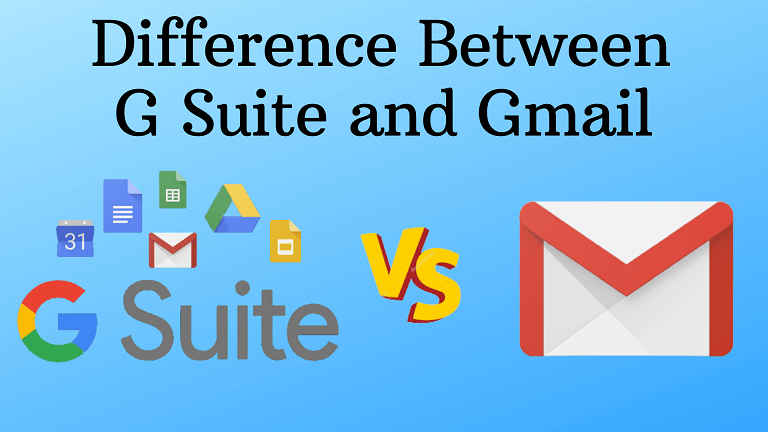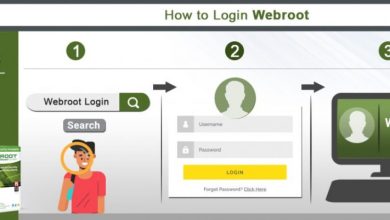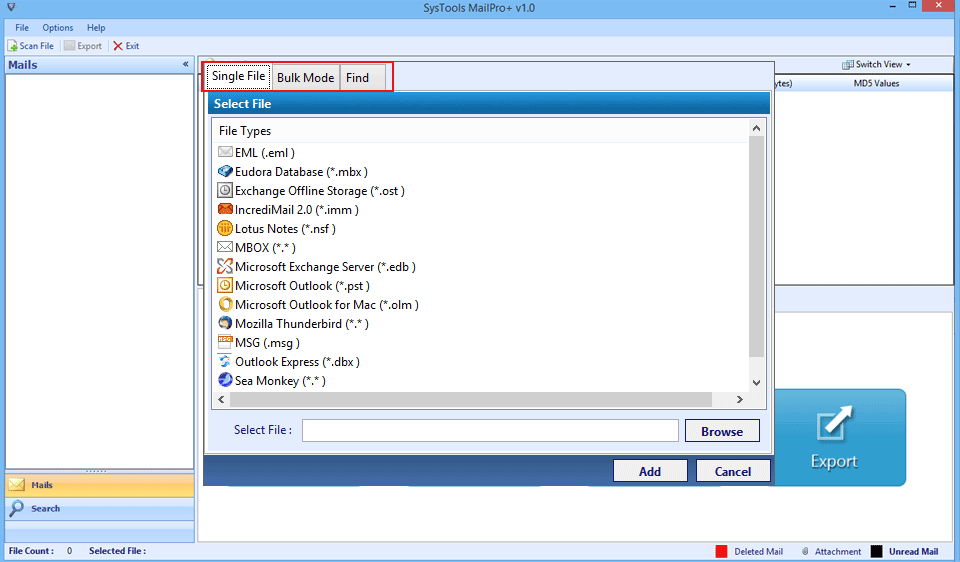
Summary: You might be confused by some of the things around various Google services if you’re looking for email solutions. We have described the basic difference between g suite vs Gmail. You probably already have a Google account and use Gmail on a regular basis, but does that mean you’re a G Suite subscriber? What if you sign up for G Suite – does that mean you’re automatically a Gmail user?
Everything will become much clearer after you understand the major difference between G Suite and Gmail. This article will definitely assist you in determining the differences.
Overview of Gmail and G Suite
Let’s start with a quick overview before we move on further:
About Gmail:
Gmail has been a part of our lives, since its beta testing in 2004. Gmail was first released in 2009, and Google hasn’t looked back since. By 2016, Gmail had reached a new high of 1 billion users worldwide. All of Gmail’s products, including Google Docs, Google+, Google Calendar, Google Drive, and Google My Business, are popular among these users. And it’s all free, which raises the issue of G Suite to Gmail Migration as Gmail is a more freely available service than G suite.
G Suite (Google Workspace)
Google Workspace is the new name for G Suite. A G Suite administrator, unlike a Gmail account, is the admin of all accounts linked with each of these editions. G Suite includes Gmail, Calendar, Drive, Docs, Sheets, Slides, Forms, Google+, Hangouts Meet, Hangouts Chat, Sites, and Groups, among other products. G Suite subscribers also have access to email and phone support.
Read Also: Download Gmail Emails with Attachments
1. Design Concept
Gmail is designed for personal use for the ordinary user, a free Gmail account is great. After all, does it really matter if your email address ends with @gmail.com? If you’re a regular user, your friends and family are the only ones who will see it. You may use any of Gmail’s apps while maintaining complete control over your files and everything you create, which will be stored in the cloud.
While G Suite allows any business to utilize a professional, bespoke domain for their email addresses, such as @companyname.com instead of the typical @gmail.com. This is extremely beneficial to a company’s brand image. You’ll be able to build your own domain and use it for your Gmail accounts if you use G Suite. You can create addresses but still use Gmail as your primary email management tool.
2. Ownership
You have complete control in a self-contained setting when you create a Gmail account for yourself. You (typically) create your own account, and you’ll have complete control over how it’s used as long as you keep your login credentials safe.
You’ll have administrative control over all the email addresses you create with a G Suite plan; in other words, you’ll be able to create separate Gmail addresses for different members of your team and keep complete control over how those addresses are utilized. While your team members will be able to send and receive emails as usual, you will have the ability to establish, amend, and delete accounts as needed. From a high level, you’ll be able to easily reset passwords and handle other concerns.
3. Shared access
Users with free Gmail accounts and Google Accounts can share files created with Google’s apps, but most of the time there are manual processes needed.
Users in the same G Suite group may exchange their contents fast and conveniently without having to manually share each document with other users. Administrative users will have access to and ownership of any documents created by individual users within their accounts.
4. Backup
Gmail backup service is free. It provides an in-built feature to backup Gmail and others data with google takeout feature. You can also backup Gmail data with a free and simple Gmail backup tool.
Users and administrators can search their backups for specific files and emails using the Backup feature of G Suite. This can be done in a number of ways.
5. Cost Differences
Gmail is free for all. The fact that Gmail is absolutely free is one of its most alluring aspects. This is also true if you have a Google account. The services are free, notwithstanding their limitations. You can sign up for Gmail and most of the productivity applications for free. whereas Google Workspace is a chargeable service. you’ll need to pay for a G Suite subscription if you want more robust features. As G Suite is a paid service, and the person who established it is given admin privileges.
6. Storage Differences
You’ll get access to up to 15 GB of storage as a free Gmail user. That’s not terrible for a free account, but if you’re a corporate user responsible for creating, sharing, and keeping thousands of files, it’s far from enough.
You’ll get 30 GB of cloud storage per user with the G Suite Basic package. If you have 5 or more users, the Business and Enterprise plans give you unlimited cloud storage per user. At these levels, you’ll get 1 TB of cloud storage per user if you have fewer than 5 users.
7. Access to other apps and services
Regardless of your Google Account type, you’ll have access to Google’s fundamental tools and services, such as documents, spreadsheets, and presentations.
You’ll get 30 GB of cloud storage per user with the Basic G Suite account. If you have 5 or more users, the Business and Enterprise plans give you unlimited cloud storage per user. At these levels, you’ll get 1 TB of cloud storage per user if you have fewer than 5 users.
8. Support Differences
You’ll find that assistance is limited with anything that’s effectively free, and Gmail is no exception. You can either wait for an issue to be resolved or try to solve it yourself. However, there is a wealth of information in online forums, as well as hundreds upon thousands of help docs and articles.
Because this is a paid service, the level of support is higher. You’ll have immediate access to email and phone assistance, so no matter what problems you’re having, you’ll be able to receive help right away. The service is generally outstanding, and they should be able to resolve any issue quickly.
Final Words
It’s important to know the difference between Gmail and G Suite, whether you have a complete G Suite account or rely on the free version of Gmail. And, if you’re like most professionals, you send and receive hundreds of emails each day. You must read g suite vs Gmail so that you can save countless hours. Also, if you find G Suite more costly and difficult to use. Then Backup your G Suite data and migrate it to Gmail with the G Suite Migration tool. You will find this software very helpful for exporting your data to a Gmail account.
To Read More Such Article: Visit This Page




